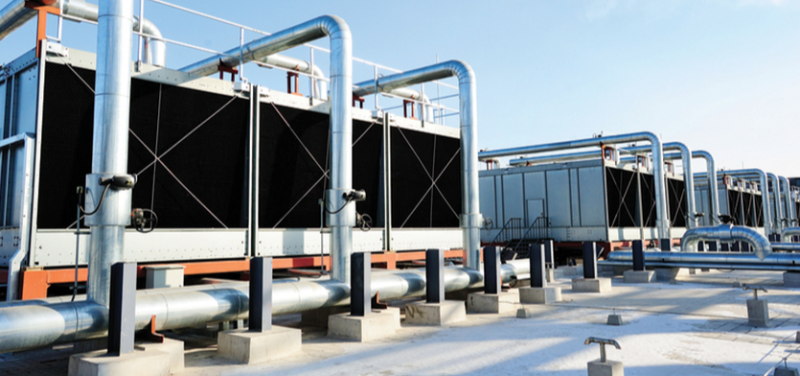Legionella Testing for Commercial/Residential Properties

What is Legionella?
Legionella is a type of bacteria that can cause a severe form of pneumonia called Legionnaires’ disease. It is commonly found in natural water sources such as rivers and lakes, but it can also grow in man-made water systems such as cooling towers, decorative fountains and water features, hot water tanks, heaters, shower heads, sink faucets, lakes, ponds, and large complex plumbing systems. Legionella disease transmission primarily occurs through inhaling legionella-contaminated, aerosolized water. While rare, exposure is also possible from breathing soil dust or drinking water.
Cooling towers are heat rejection devices that use water to remove heat from a process or building. They are commonly used in air conditioning systems, power generation plants, and other industrial processes. Legionella testing in cooling towers is a process of detecting the presence of Legionella bacteria in the water used in cooling towers. The testing is done to ensure that the water is safe and free from Legionella bacteria, which can cause Legionnaires’ disease. Federally owned facilities under the custody of the U.S General Services Administration (GSA) are required to address the risk of Legionella contamination in water systems across GSA-controlled (own/leased) buildings. Reduced building occupancy can lead to water stagnation, which provides ideal condition for the growth and spread of Legionella bacteria.
Testing Objectives:
Legionella testing maybe useful for establishing a baseline for performance indicator, validating a water management program, evaluating potential Legionella growth and transmission sources, remedial treatment clearance, and investigating potential sources of environmental exposure for persons with disease.
Contact us to learn more on how Xposure Science can support your Legionella risk assessment/testing needs.
